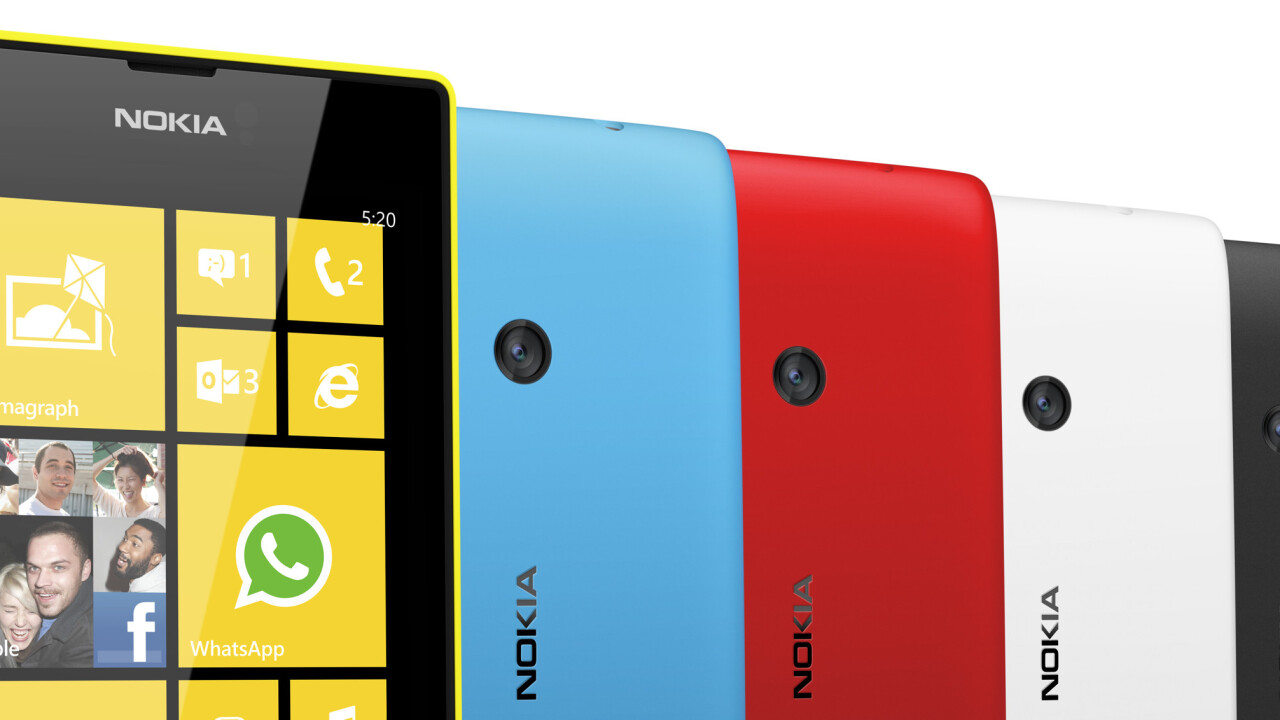
According to Windows Phone and Windows advertising network AdDuplex – recently flush with $500,000 in funding – the Lumia 520 has taken the top spot among Windows Phone handsets, likely cresting the 12% global market share mark.
The group provides regular data collected across ads that it serves for both Windows and Windows Phone, providing an imperfect, but public glance into the internal mechanics of Microsoft’s twin consumer-facing operating systems.
That the Lumia 520 has overtaken higher-end Lumia 920 device is an indicator that Microsoft and Nokia are enjoying success with their downmarket strategy to sell low-cost Windows Phone devices to developing markets, and other locations where consumers might lack the traditional purchasing power of a smartphone customer in Europe, parts of Asia, or the United States.
While AdDuplex has yet to release the full set of its most recent analytics, WMPowerUser has done the legwork:
In June the [Lumia 520] had 8.4% of the market, while the Nokia Lumia 920 led with 12%. In May the NL 520 only held 4.4% share, and one can assume at least another 4% of the Windows Phone market has been ceded to the device.
That’s quick growth, essentially shooting past the leading Windows Phone device in what could be described as under four months.
What this indicates is that the wildly cheap, $150 handset is catching on among its target demographic. This could lead to higher unit volume for Nokia, and thus stronger Windows Phone shipments overall.
Nokia’s unit economics on the device might be cause for margin concern among its investors. That said, Microsoft doesn’t differentiate as much between owners of devices that it powers; a cheap phone uses Bing as well as a more expensive device. However, that owner might spend less in the app marketplace.
The kick to this is that Microsoft is desperate to ship enough units to convince key developers to build for its platform. The Lumia 520 might be a shot in the arm in its efforts to move Windows Phone past the 10 million device per quarter mark, a figure that, according to rough calculation, it failed to meet in Q1 2013.
Get the TNW newsletter
Get the most important tech news in your inbox each week.




